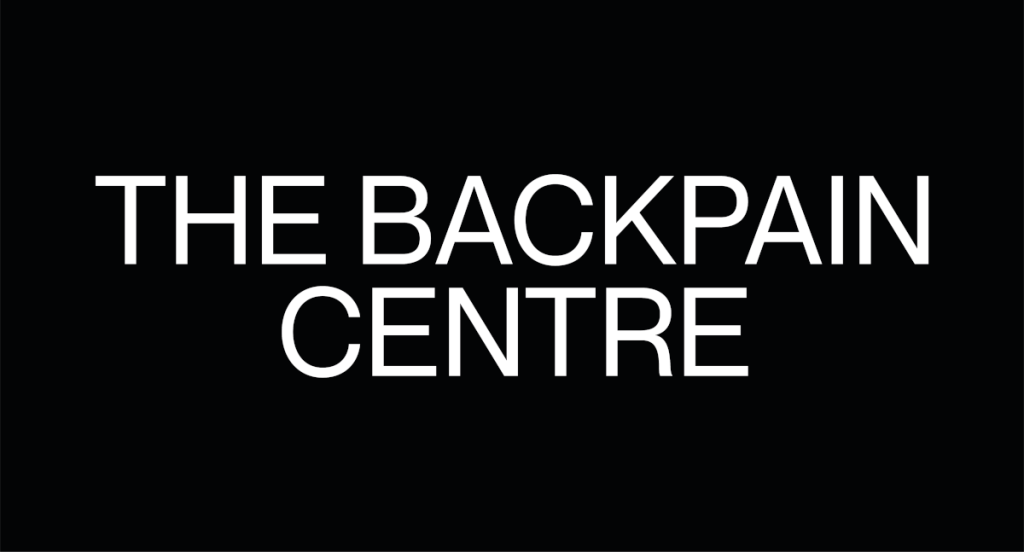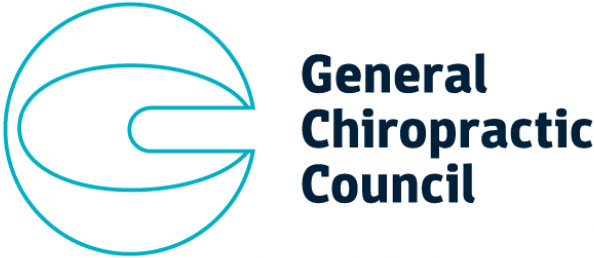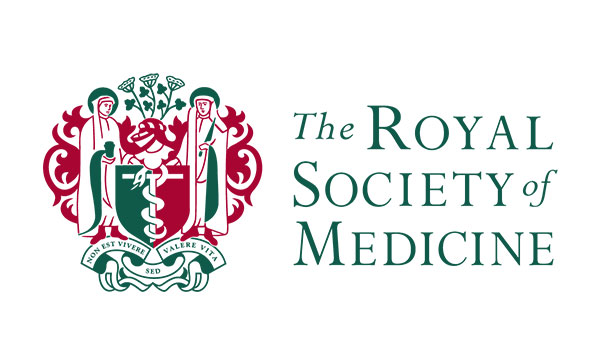What is Chiropractic?
Chiropractic is a fast-growing independent health care profession in the United Kingdom and it is regulated by the General Chiropractic Council (GCC). Chiropractors take an integrated and holistic approach to the health needs of their patients of all ages, who present with a range of acute and chronic musculoskeletal conditions.
Using a 100% natural approach to maximise health, Chiropractors specialise in the diagnosis, treatment and overall management of conditions that occur due to mechanical dysfunction of the joints, ligaments and tendons – particularly those of the spine.
Whilst considering physical, emotional, psychological and social factors, Chiropractors provide care and support by reducing pain and disability, and by restoring normal functionality of the body.
How does it work?
The Chiropractor’s main modality is a joint manipulation procedure, which is typically referred to as an ‘adjustment’. In addition to the adjustment treatment you receive at the clinic, you may be given advice and instructions for home treatment between visits. These treatments commonly include therapeutic exercises and/or stretches, mobilisation of soft tissue, diet recommendations and the application of hot and cold packs. All of which will be clearly explained prior to you leaving the clinic.
Once you have been thoroughly assessed and an in-depth medical history (related to the problem) has been discussed, your Chiropractor will be able to identify your needs and apply specific adjustments to your body. By doing this the Chiropractor gently moves joints and the surrounding soft tissue in an attempt to restore normal joint and soft tissue function. The adjustment may be accompanied by a pop or ‘clicking’ noise. This is normal, and is due to a release of gases (nitrogen) in the joint due to a sudden pressure change (negative) and is called a cavitation.
Success?
Chiropractic adjustment and manipulation is a very controlled manoeuvre, side effects from the treatment are very rare. There has been a lot of research into Chiropractic treatment and patient satisfaction is always reported to be very high. Most patients reporting a 75% improvement within 6-8 treatments and 95% improvements within 8-12 treatments. Patient compliance is very important in achieving a high success rate. After every treatment you will be given ‘homework’; an individually tailored regime of stretches, movement and advice that you can do at home to also maximise the lasting effects of treatment. He recommends a maintenance programme where patients can return every 2-3 months to continue long term change and to help prevent problems returning.
Side Effects and Risks
Occasionally in the press someone states very publicly that Chiropractic treatment, or more specifically Chiropractic manipulation of the neck, is dangerous and carries many risks to the patient.
The British Chiropractic Association advise chiropractors to inform patients about following risks & findings:
- Treatments employed by chiropractors are actually statistically safer than many other conservative treatment options (such as ibuprofen and other pain killers). There are very few medical interventions, if any, that carry no risk at all. For example, taking anti-inflammatory medication (such as Ibuprofen) for two months has been suggested to cause death from stomach bleeds in 1 in 1200 patients (Pain 2000; 85:169-182)
- Chiropractic is a very safe form of treatment but, like most health treatment interventions, some side effects may occur. Most often this would be temporary symptoms such as pain, redness, soreness or, more unusually, swelling, around the area being treated.
- A UK research study, published in Spine in 2007, studied 50,000 neck manipulations received by nearly 20,000 chiropractic patients. There were no serious adverse events identified.
- A major study of chiropractic neck manipulations in the UK was carried out and reported on in 2007 (Spine (Phila Pa 1976). 2007 Oct 1;32(21):2375-8) found no serious adverse side effects with neck manipulations across 50,000 treatments. To put this in context, a ‘significant risk’ for any therapeutic intervention (such as pain medication) is defined as 1 in 10,000.
- In the UK, Chiropractors are regulated by law and are required to adhere to strict Codes of Practice, in the same way as dentists and doctors. The profession is statutorily regulated through the General Chiropractic Council (GCC). Chiropractors undergo a minimum of four years training in the UK at Masters Degree level to qualify before joining the statutory register. Members of the public therefore can be assured they are seeking care from a professional who meets stringent standards of education and practice.
- In the UK, Chiropractors are regulated by law and are required to adhere to strict Codes of Practice, in exactly the same way as dentists and doctors. This gives members of the public the assurance they are seeking care from a professional who meets stringent standards of education and practice. I am registered with the regulator.
- Chiropractors are trained to identify risk factors and do not proceed with treatment if there is any doubt as to the patient’s suitability.
- Any potential risks from treatment would always be discussed with my patients and treatment would not proceed without informed consent
Previous studies have reported that there may be a link to a vertebral or carotid artery dissection and stroke following cervical manipulation. Although Chiropractic treatment (ie that the person had been to a Chiropractor before the incident) is associated with these studies they never conclude that Chiropractic treatment had been the ultimate cause of the stroke. Mainly it is a coincidence and in fact that patient would have suffered a stroke anyway due to a genetic soft tissue dysfunction.
Some important research into the safety and benefits of neck manipulation has shown that Chiropractic neck manipulation is a very low-risk treatment if performed by a skilled manipulator, such as a Chiropractor.
Further reading: https://chiro.org/chimages/chiropage/cva-1.html









